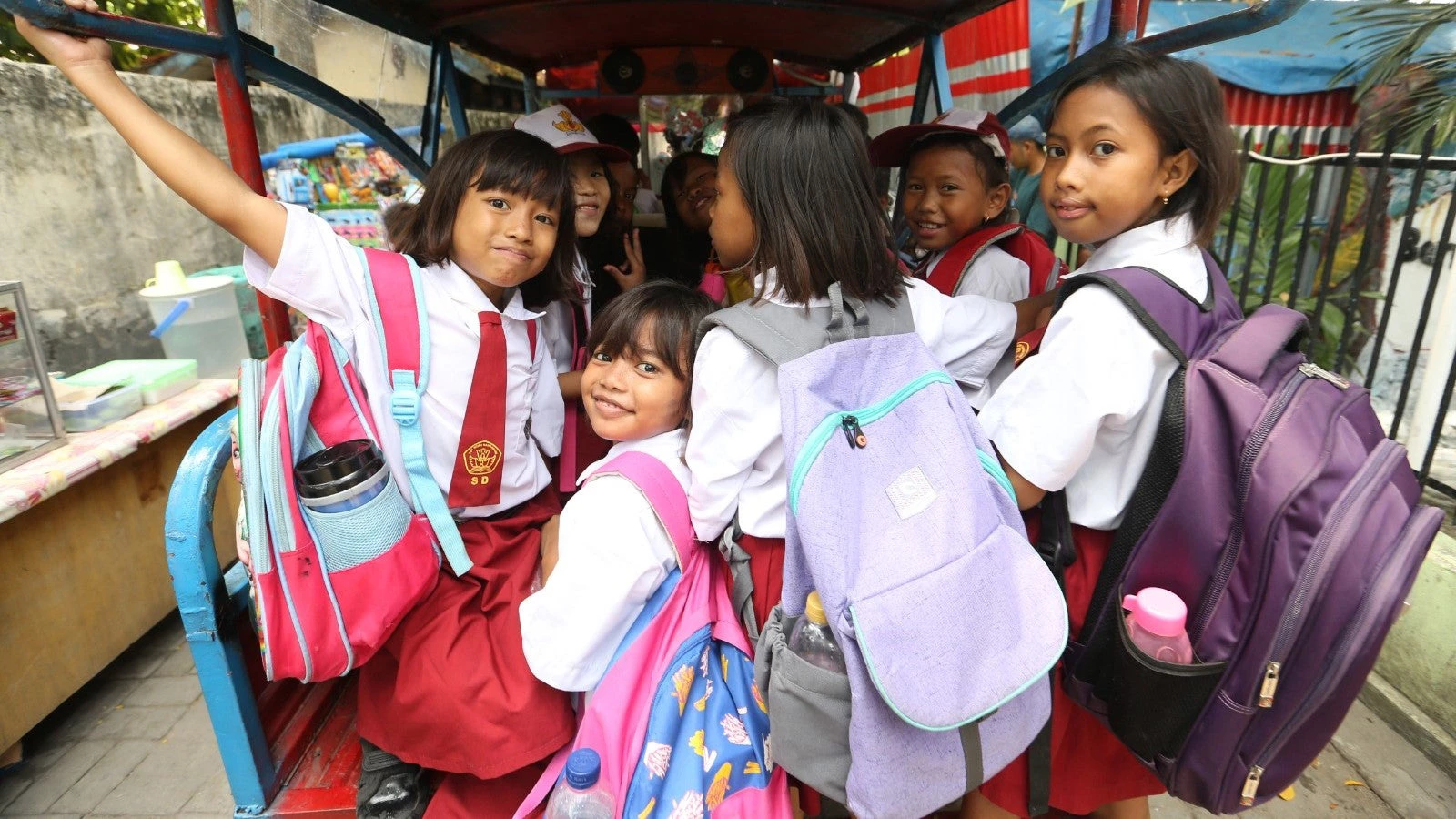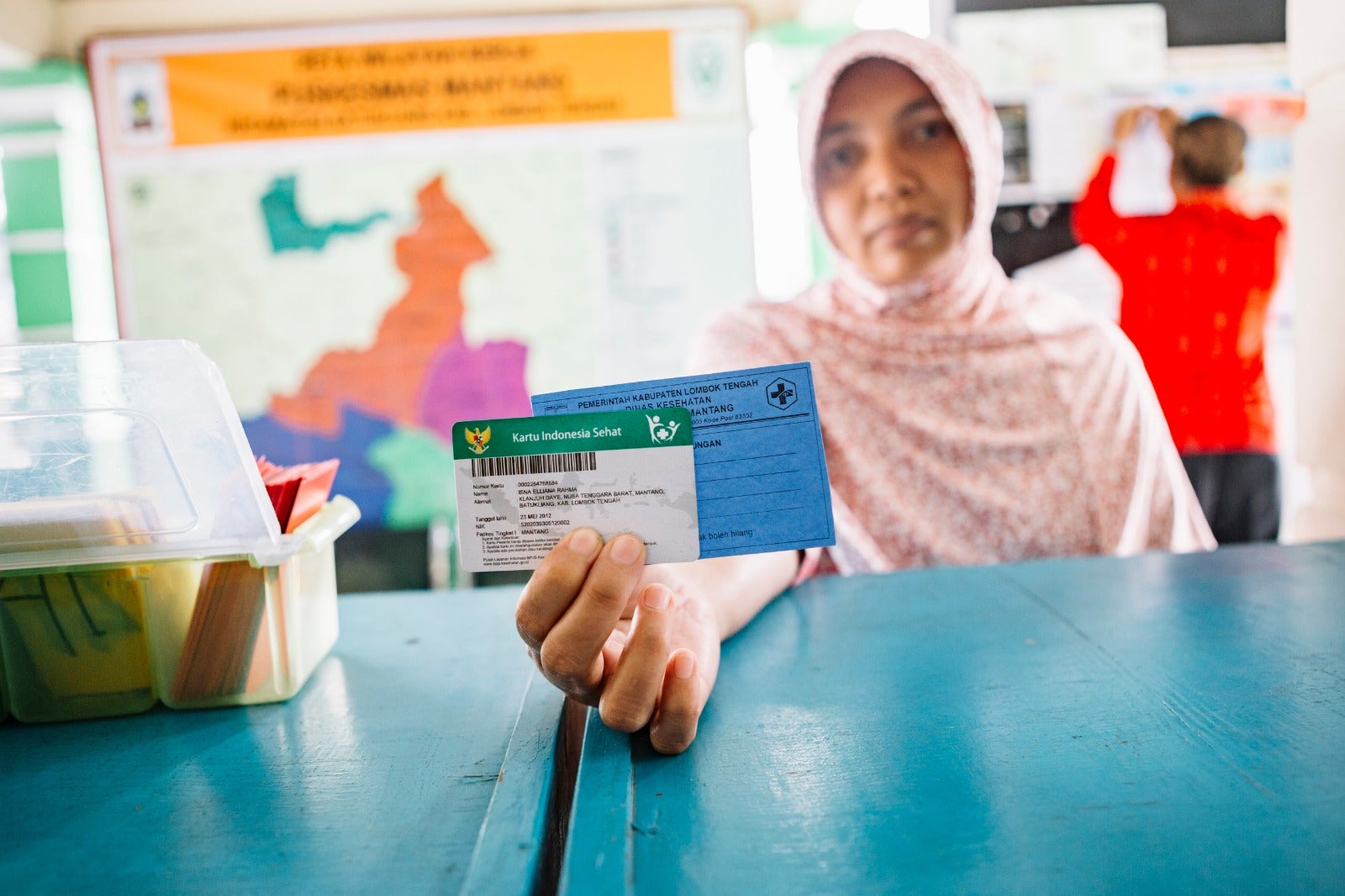 Indonesia National Heath Card
Indonesia National Heath Card
The coronavirus pandemic (COVID-19) has underscored the importance of comprehensive and adaptable social protection systems. It has also exposed the challenges and vulnerabilities that arise when such systems are not in place. Fortunately, many countries have responded quickly with measures to prevent vulnerable groups from falling into—or deeper into—poverty, and to help people and businesses retain jobs. As of May 8, 171 countries have either planned, introduced, or adopted more than 800 social protection measures in response to the pandemic, one-third being in the form of cash transfers.
Indonesia, too, has responded quickly, using the strong foundation of social assistance and social insurance programs put in place over the past two decades. This system includes social assistance programs such as Program Keluarga Harapan (PKH), Program Indonesia Pintar, and Sembako, which reach millions of poor households, as well as the national health insurance (Jaminan Kesehatan Nasional) covering more than 223 million people. In addition, social insurance and worker protection programs such as pensions, worker accident insurance, and parental leave protect against a range of short- and longer-term risks.
In March, the Indonesian government temporarily increased its Sembako food assistance voucher benefit by 33% and expanded coverage to reach 30% of the population. The benefits of the flagship conditional cash transfer program PKH, which covers 10 million households, have also been increased by 25%. In addition, two unconditional cash transfer schemes (BLT and BLT Dana Desa) have been launched to help additional poor and vulnerable households. And to ensure that people have access to health services at this critical time, the government has expanded its national health insurance scheme to 30 million additional non-salaried workers. These efforts are complemented by several other government initiatives to respond to and mitigate the effects of the pandemic.
When big shocks like COVID-19 hit, many lessons are learned, and both challenges and opportunities arise. Prior to the pandemic, the World Bank had just completed a report, “Investing in People – Social Protection for Indonesia’s 2045 vision,” which provides a comprehensive review of the country’s social protection system and analyzes what Indonesia will need in the future. Its findings are now more relevant than ever.
So what will Indonesia’s future look like? As in many countries, technology is expected to change the skills needed in the labor market as well as how people work. Indonesia will need an increasingly skilled labor force, including advanced cognitive and ICT skills. Moreover, a larger share of the workforce will likely move to having many sources of employment over the course of their careers. The informal sector still employs more than 50% of Indonesia’s workers (70% in rural areas), and a high level of informality will likely persist given current trends and growth of the gig economy and e-commerce.
Indonesia is also aging rapidly: by 2030, the demographic dividend will likely close. The larger share of elderly in the population will affect both labor markets and the demands of the social protection system , including for pensions and long-term care.
And in addition to pandemics such as COVID-19, Indonesia will remain vulnerable to climate change and natural disasters, which may force households to resort to negative coping strategies such as liquidating savings and assets, reducing nutrition levels, or neglecting health needs.
These emerging trends, opportunities and challenges will affect what the social protection system should look like in the future. Is Indonesia’s system ready for this? Our report shows that to support Indonesia’s 2045 vision to achieve high-income status and reduce poverty to nearly zero, its social protection system will need further improvements.
The system should aspire to be universal and accessible to all the Indonesian population, irrespective of whether they are in formal or informal jobs. This means providing people with a “guaranteed minimum” protection from poverty and income shocks across the life cycle, as well as continued investment in human capital to raise welfare and labor productivity in the longer run.
Indonesia can achieve this by building further on existing social assistance programs such as PKH and Sembako, extending their coverage, and better protecting the elderly and those who live with disabilities.
Further, Indonesia can build on its social insurance system by improving its ability to respond to short- and longer-term risks such as unemployment and aging. It needs to promote labor force participation and employment, as well as accommodate changes in the labor market from technology, automation, and the gig economy.
The investments required for a future-ready social protection system will not be minor. While the COVID-19 response has shown that social protection coverage, adequacy and delivery systems can be adjusted fast, investments in better long-term systems and increases in coverage will require the country to sustain higher levels of spending.
To learn more about how Indonesia can do this, take a look at our new report here: Investing in People: Social Protection for Indonesia’s 2045 Vision.
Related:
Video: Indonesia Protecting the Poor and Vulnerable
Video: The Future of Indonesia's Social Protection



Join the Conversation